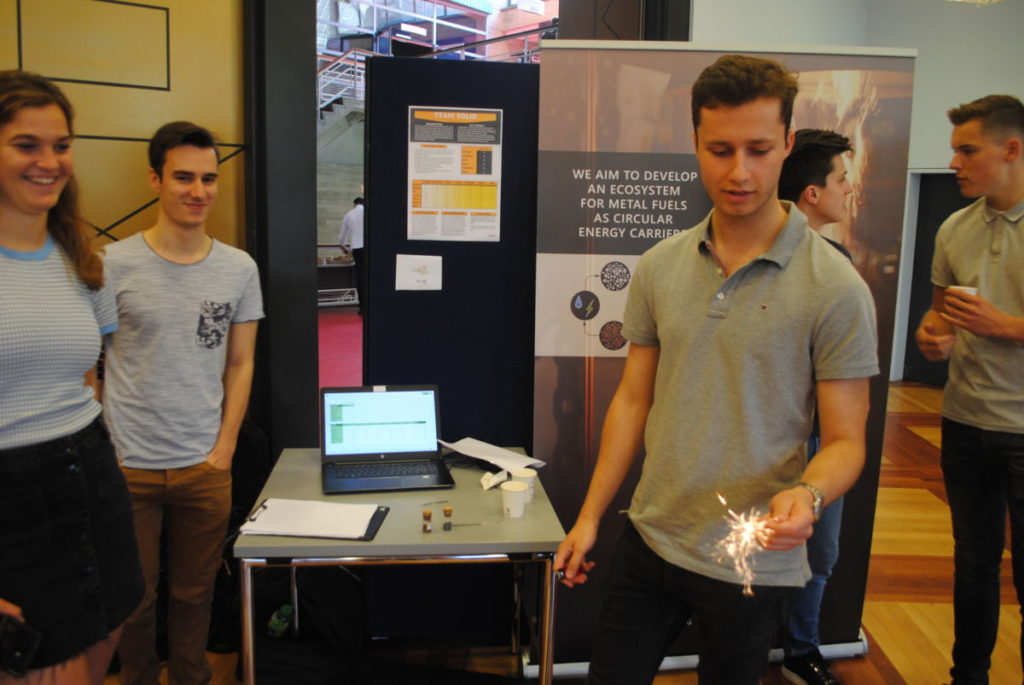
by Gunter Bombaerts (TU/e) and Diana Adele Martin (Technological University of Dublin)
Highlights from workshop @ SEFI Annual Conference 2019 (16-19 Sept)
Gunter Bombaerts (Eindhoven University of Technology) and Diana Adela Martin (Technological University of Dublin) held a workshop on co-creative education at the annual conference of the European Society for Engineering Education (SEFI) this year. The SEFI Annual Conference is a scientific conference focused on Engineering Education and the biggest event of this type in Europe.
There was a huge interest in from universities around the world — a total of 24 participants from 19 universities participated in the workshop. The workshop was itself co-creative and challenge-based, where the participants developed a co-creative course themselves during the workshop and presented them to the other participants. Gunter and Diana shared some theoretical insights and practical tips on developing a challenge-based co-creative course, based on their experience of developing SCALINGS TU/e co-creation course.
Here are Gunter and Diana’s 10 top tips when designing co-creative learning course:
When engaging with clients (organisations/companies providing the case):
- Reach out to companies, NGOs, councils or citizen groups in your area for developing activated learning environments, through company driven pitches and scenarios, site visits and interviews with professionals.
- Use existing contacts and get to know them (through several contacts).
- Include the perspectives of different stakeholders — help them define ethical questions.
- Include a local (socio/economic/political) problem faced by your community and invite students to address it by reflecting on the wider societal role engineers have.
- Make clear agreements on their contribution (number of meetings, etc.).
- Give opportunities for several student groups to work with one client (company offering the challenge) so that it gives them multiple perspectives.
When engaging with students:
- Enable students to take an active and creative stance for the design of an engineering artefact or resolution of a situation.
- Enable students to reflect on the constraints of the wider context of engineering practice and issues such as imbalance of power and the need for paradigm/structural change.
- Embrace ambiguity! Avoid black-and-white scenarios where “right” answer or strategy is clear.
- Give students guidance through clear instructions and feedback meetings.
And last but not least, be flexible — as things may change!
Here are the slides from the workshop.
And here are some resources on examples / case studies that Diana and Gunter think are helpful for teaching engineering ethics.
Thank you to all the participating universities!
Aalto University and Tampere University Finland; Norwegian University of Science and Technology; Budapest University of Technology; TU Berlin Germany; TU Dublin Ireland; TU Eindhoven, the Hague university of Applied Sciences, Avans university of Applied Sciences; Lucerne University of Applied Sciences and EPFL Lausanne Switzerland; UPU Spain; Aston University, University College London, Swansea University, Birmingham University; University of Cape Town South Africa; Virginia Tech and National Instruments, US; and UNSW Sidney, Australia.
